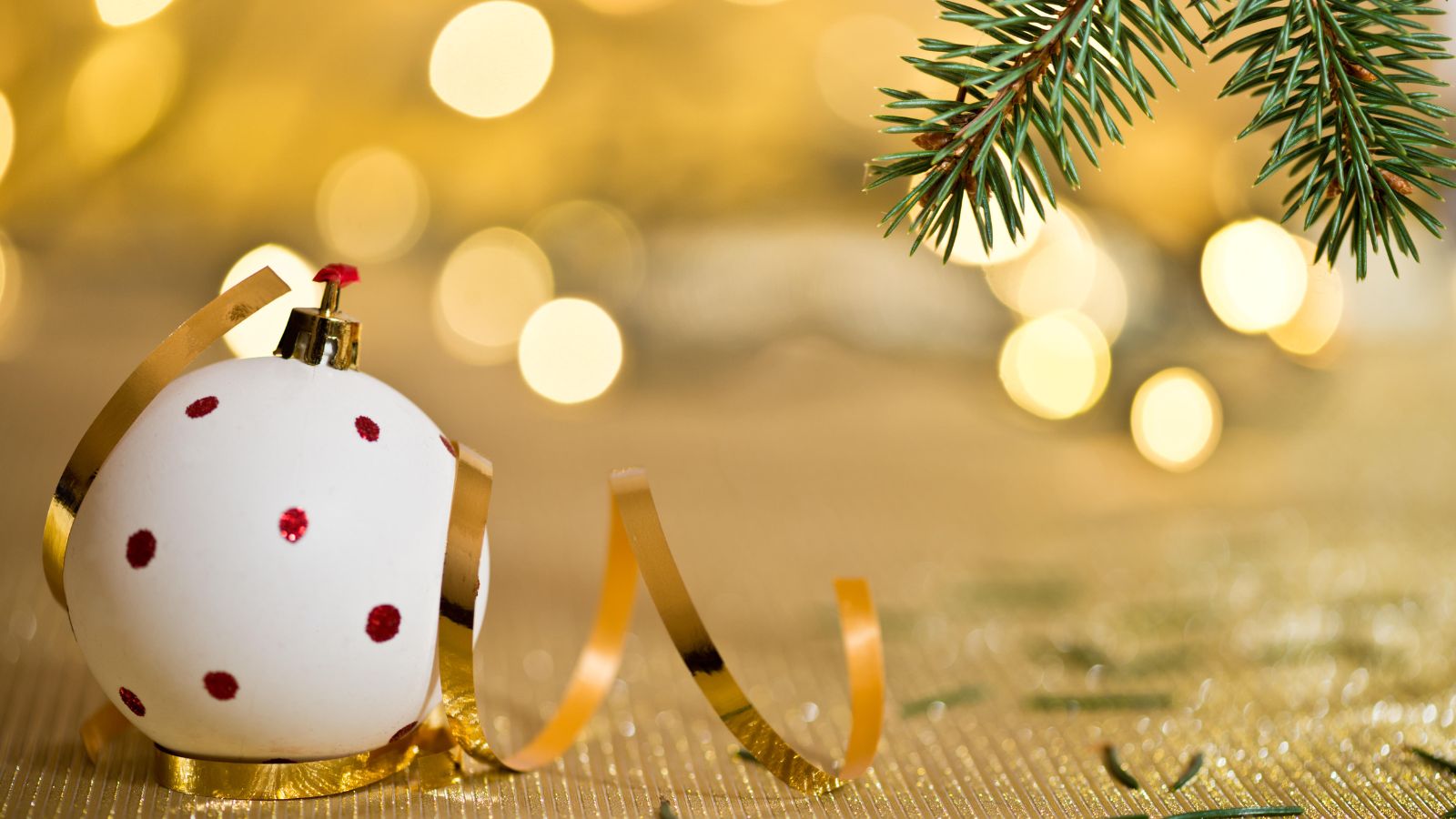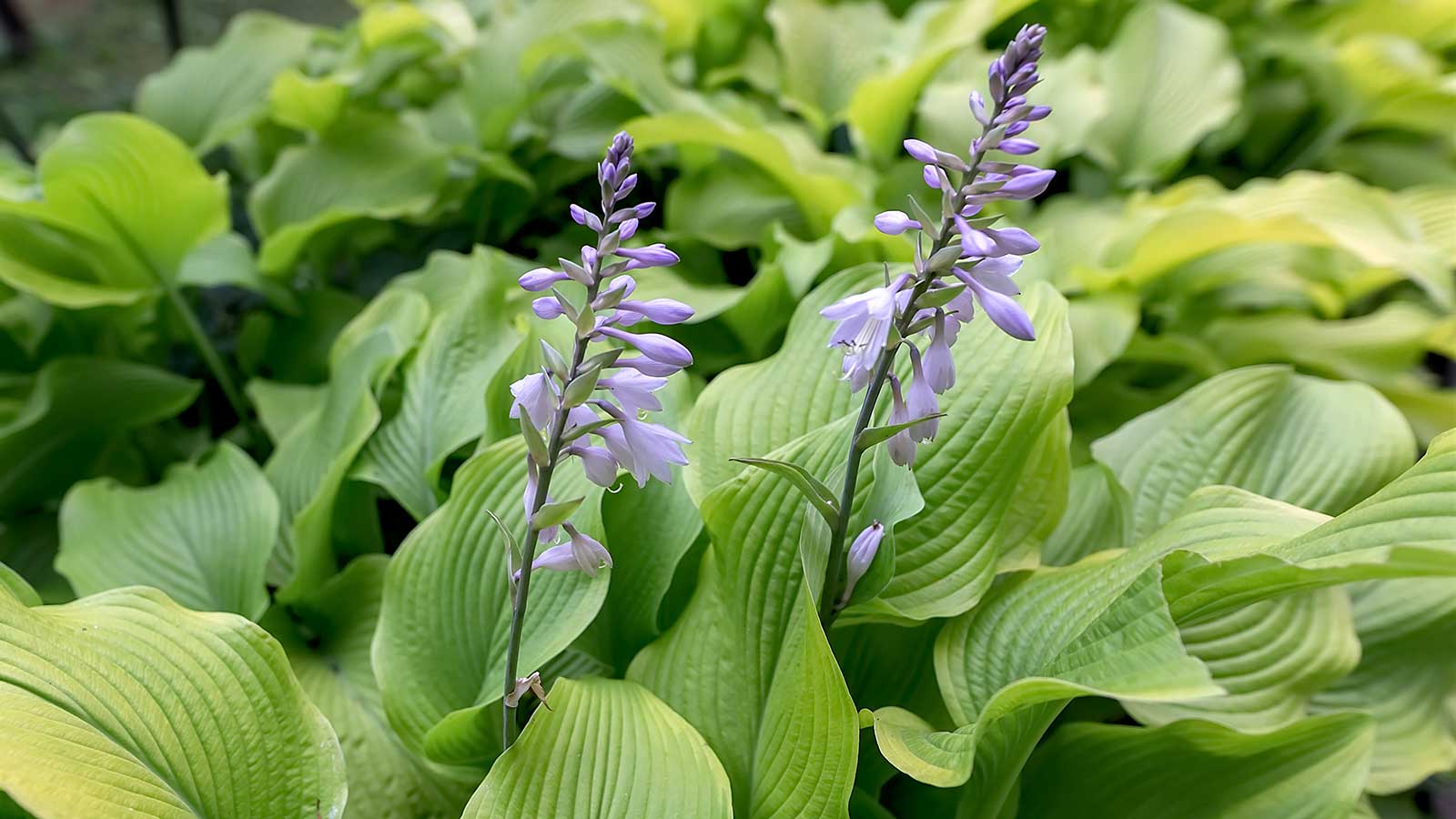Why is my Christmas tree dropping needles already?
5 fixes I use to keep my Christmas tree healthy


You may only just have put your Christmas tree up, but if it's already dropping needles, you may have a problem on your hands. And, unchecked, you may find that it's brownish and bare by Christmas instead of green and lush.
The reasons why your Christmas tree is dropping needles won't surprise you: if you have bought a cut tree rather than a potted one with roots, essentially, you have a dying plant on your hands.
The trick is to slow the march towards Christmas tree expiration as much as possible, which will, in turn, slow down the rate that it drops needles.
There are many methods, from the right tree placement to a solid watering schedule, that you can use to keep a Christmas tree alive for as long as possible. These are the most reliable, I've found as Homes & Gardens' garden expert and number one fan of a lush look on the 25th.
How to stop a Christmas tree dropping needles
The type of tree and how its kept will determine how quickly it drops needles. Fir trees with root balls are far less likely to drop needles, and you can replant them outside after Christmas, while spruces (even potted ones) are much more likely to drop.
However, whether your Christmas tree is potted or cut, fir or spruce, if it's dropping needles, it's trying to send you a message that it's not happy. And there are some actions you can take to fix that. This is what I do.
1. Move it away from a heat source
Your Christmas tree should be nowhere near a heat source. This includes a fire, radiator or even a south-facing window.
And while your indoor Christmas lighting ideas might be integral to your decor, they can dry out your tree faster if you overdo them. Fewer lights, or smaller, LED lights will give off less heat and slow the drying out process.
Ideally, the tree would like a little humidity so if the air in your room is dry, consider introducing a humidifier.
2. Cut off the bottom of the trunk
When you get fresh flowers, you cut off the bottoms and plunge them into water, right? The Christmas tree needs the same treatment; it is, after all, just a much bigger version of those flowers.
Why cut off the bottom inch of a Christmas tree first? It will remove the resin that's formed there and help with water uptake. If you didn't do this first, it's likely your tree can't take the drink it needs.
3. Keep it constantly watered
Watering your Christmas tree regularly won't just slow down needle loss, it will help make your Christmas tree look fuller too.
But, how often to water a Christmas tree? For cut trees, I'd advise investing in a Christmas tree stand with a reservoir for water. That way, just like cut flowers, it will have a constant supply of fresh water. Good tree reservoirs will have a water level indicator, so you know when they need topping up again.
And you will have to – the experts at Michigan State University say a Christmas tree drinks a quart of water per inch of trunk diameter every day.
For potted trees, keep the soil moist but not wet. You definitely don't want to over-water it, with rots sitting constantly in water. Doing so can also lead to needles turning yellow and brown.
4. Move a potted tree to a larger container
If yours is a potted tree bought recently from a plant nursery, it may well be poorly containerized, with only the soil it came out of the ground with to maintain it.
Before I buy a potted tree, I like to check the roots aren't damaged, which will cause needles to drop. Then when I get it home, I usually plunge the roots into a bucket of water before repotting it into a larger container with a good mix of sand and compost.
Ticking both these boxes doesn't just help it survive indoors longer without dropping needles, it also means it's sturdier and less likely to topple or lean.
5. Move it outdoors for a spell
There's a limit to how long a Christmas tree, cut or potted, can endure indoor conditions – around 12 days. Firs and spruces are meant for mountainous locations not heated living spaces, so there are a few options: the first is to hold off bringing yours indoors until just a couple of weeks before Christmas; another is to put it back outside again and look after it out there for a little longer before bringing it back in; the third is to turn the heating down.
How do I stop my Christmas tree from dropping needles?
Ensuring the Christmas tree isn't near a heat source and is well watered are both key to stopping a Christmas tree from dropping needles. However, when you buy your tree, check that it isn't already dropping needles. Ideally, they should be attached to the tree firmly enough so that if you pull them a little, they stay on the tree and don't come off in your hand.
Can you revive a drooping Christmas tree?
Watering a drooping Christmas tree with fresh water is the best way to revive it although if that doesn't work, you could give it a drink of sugar water, which will help revive the tree and should reduce needle loss.
Sign up to the Homes & Gardens newsletter
Design expertise in your inbox – from inspiring decorating ideas and beautiful celebrity homes to practical gardening advice and shopping round-ups.
Rachel is senior content editor, and writes gardening content for homesandgardens.com, Homes & Gardens magazine, and its sister titles Period Living Magazine and Country Homes & Interiors. She has written for lifestyle magazines for many years, with a particular focus on gardening, historic houses and arts and crafts, but started out her journalism career in BBC radio, where she enjoyed reporting on and writing programme scripts for all manner of stories. Rachel then moved into regional lifestyle magazines, where the topics she wrote about, and people she interviewed, were as varied and eclectic as they were on radio. Always harboring a passion for homes and gardens, she jumped at the opportunity to work on The English Home and The English Garden magazines for a number of years, before joining the Period Living team.
-
 How to plant hosta seeds – for lush green leaves in shaded pots and borders
How to plant hosta seeds – for lush green leaves in shaded pots and bordersExperts share their top tips on growing these fabulous foliage plants from seed
By Holly Crossley Published
-
 Martha Stewart's genius hack for keeping a cutting board in place is going into our kitchen manual – it will ease your food prep woes
Martha Stewart's genius hack for keeping a cutting board in place is going into our kitchen manual – it will ease your food prep woesMartha's trick for keeping cutting boards and trays secure on slippery counters requires just one accessory: a terry cloth towel
By Hannah Ziegler Published
